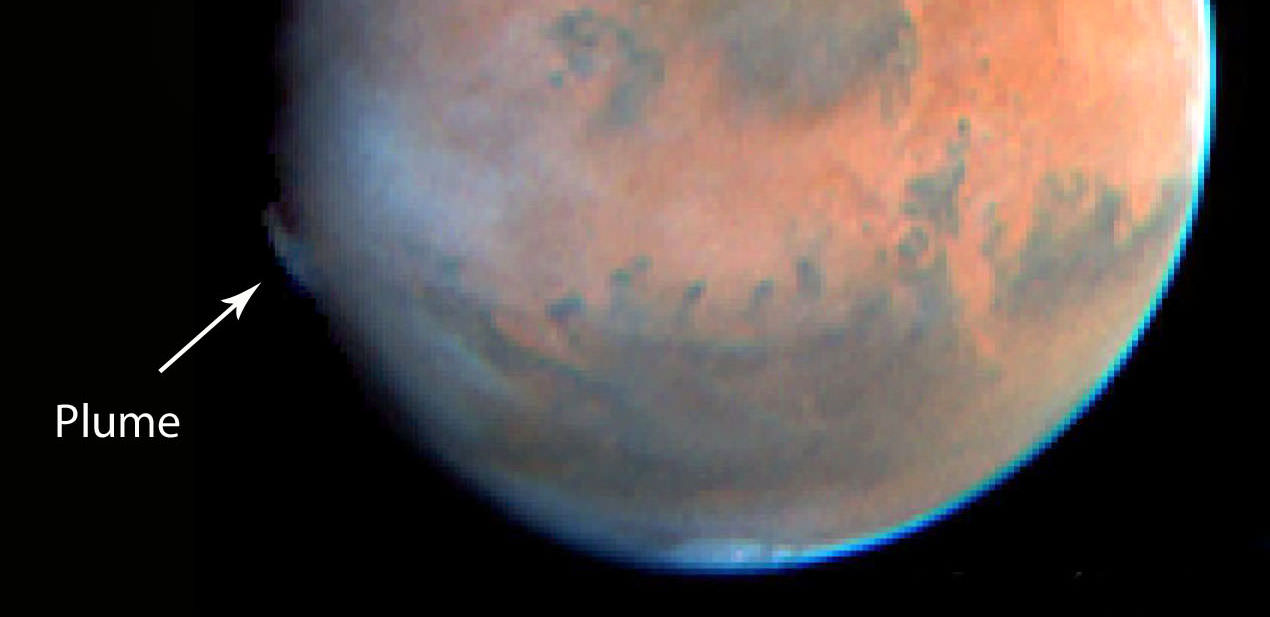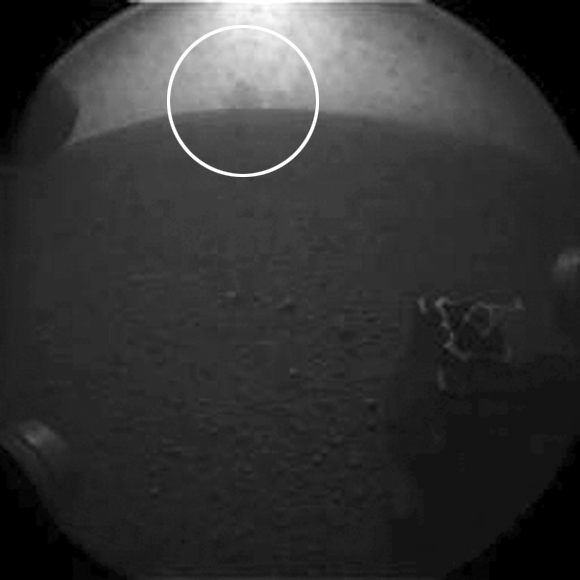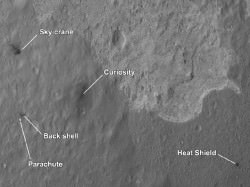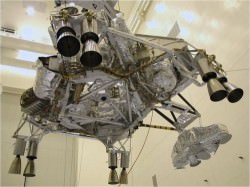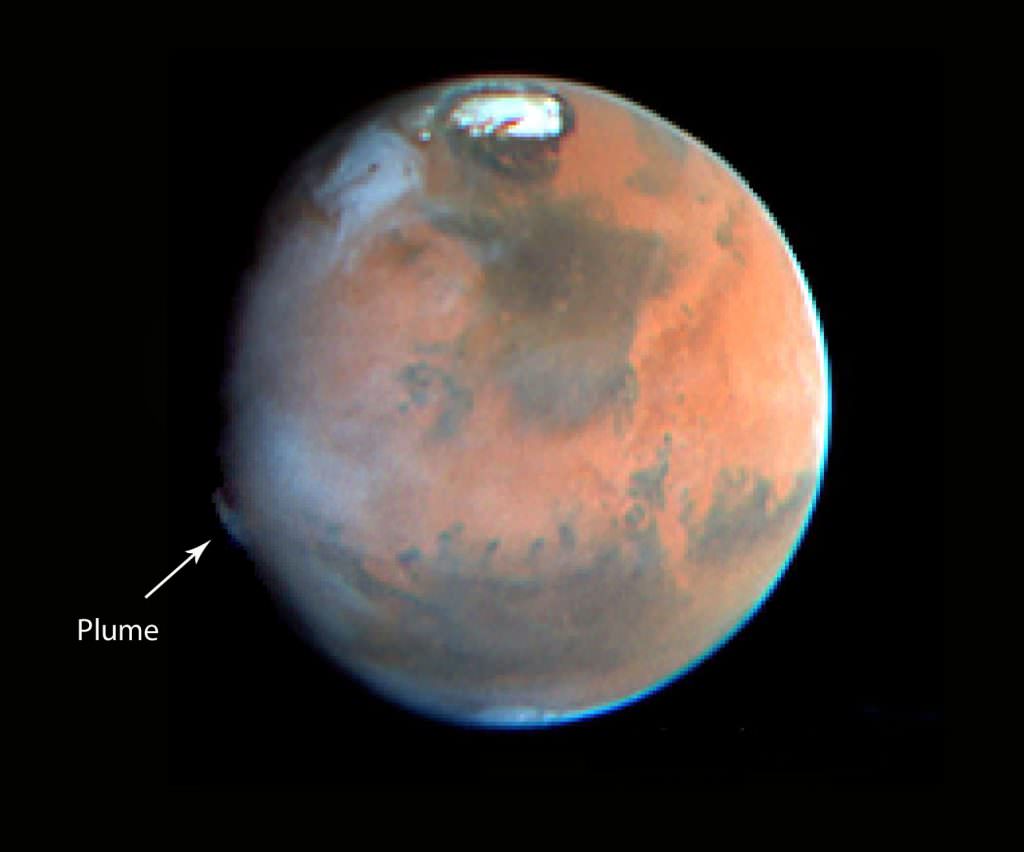
Strange plumes in Mars’ atmosphere first recorded by amateur astronomers four year ago have planetary scientists still scratching their heads. But new data from European Space Agency’s orbiting Mars Express points to coronal mass ejections from the Sun as the culprit.
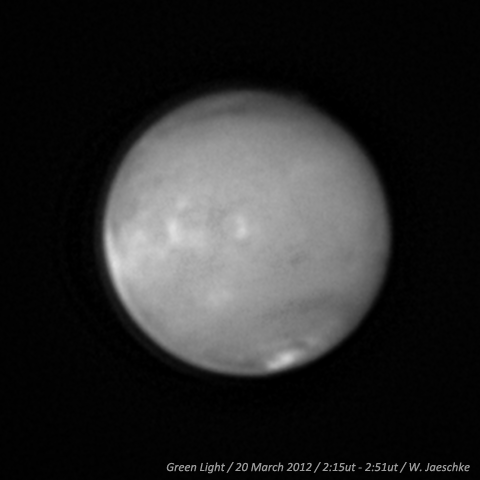
On two occasions in 2012 amateurs photographed cloud-like features rising to altitudes of over 155 miles (250 km) above the same region of Mars. By comparison, similar features seen in the past haven’t exceeded 62 miles (100 km). On March 20th of that year, the cloud developed in less than 10 hours, covered an area of up to 620 x 310 miles (1000 x 500 kilometers), and remained visible for around 10 days.
Back then astronomers hypothesized that ice crystals or even dust whirled high into the Martian atmosphere by seasonal winds might be the cause. However, the extreme altitude is far higher than where typical clouds of frozen carbon dioxide and water are thought to be able to form.
Indeed at those altitudes, we’ve entered Mars’ ionosphere, a rarified region where what air there is has been ionized by solar radiation. At Earth, charged particles from the Sun follow the planet’s global magnetic lines of force into the upper atmosphere to spark the aurora borealis. Might the strange features observed be Martian auroras linked to regions on the surface with stronger-than-usual magnetic fields?
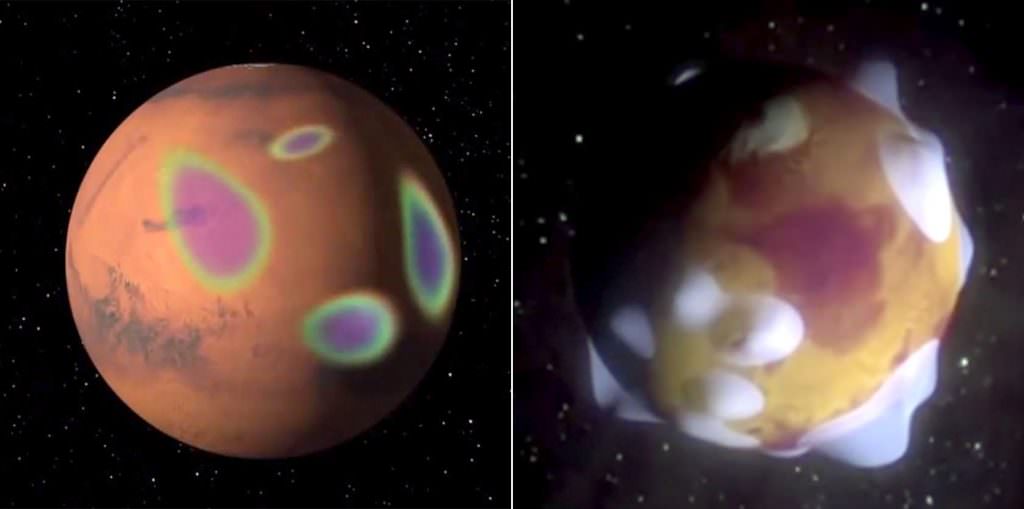
Once upon a very long time ago, Mars may have had a global magnetic field generated by electrical currents in a liquid iron-nickel core much like the Earth’s does today. In the current era, the Red Planet has only residual fields centered over regions of magnetic rocks in its crust.
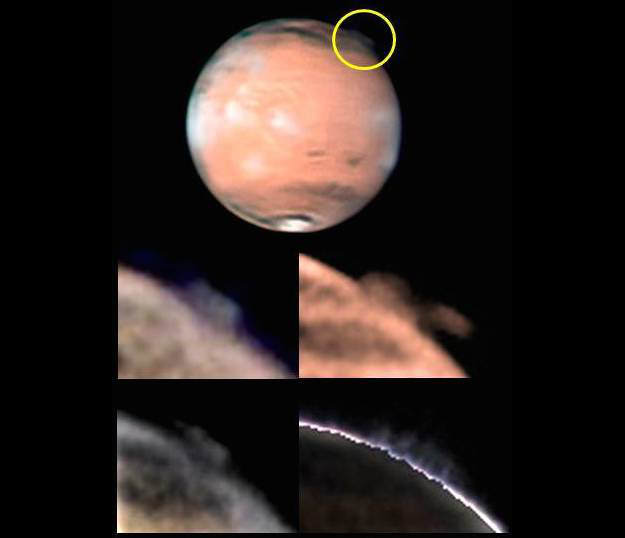
Instead of a single, planet-wide field that funnels particles from the Sun into the atmosphere to generate auroras, Mars is peppered with pockets of magnetism, each potentially capable of connecting with the wind of particles from the Sun to spark a modest display of the “northern lights.” Auroras were first discovered on Mars in 2004 by the Mars Express orbiter, but they’re faint compared to the plumes, which were too bright to be considered auroras.
Still, this was a step in the right direction. What was needed was some hard data of a possible Sun-Earth interaction which scientists ultimately found when they looked into plasma and solar wind measurements collected by Mars Express at the time. David Andrews of the Swedish Institute of Space Physics, lead author of a recent paper reporting the Mars Express results, found evidence for a large coronal mass ejection or CME from the Sun striking the martian atmosphere in the right place and at around the right time.
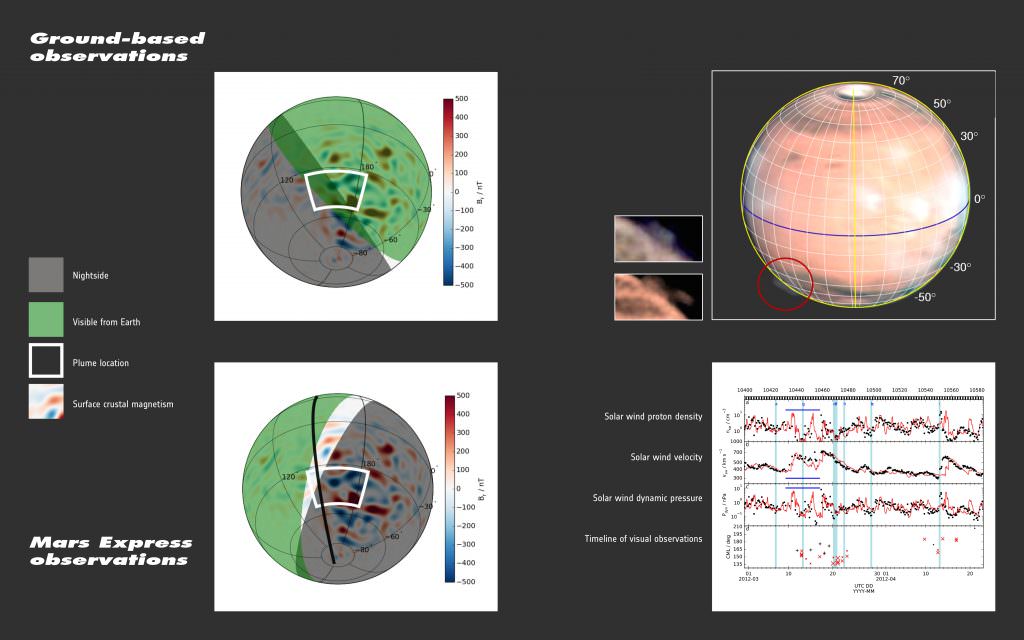
CMEs are enormous explosions of hot solar plasma — a soup of electrons and protons — entwined with magnetic fields that blast off the Sun and can touch off geomagnetic storms and auroras when they encounter the Earth and other planets.
“Our plasma observations tell us that there was a space weather event large enough to impact Mars and increase the escape of plasma from the planet’s atmosphere,” said Andrews. Indeed, the plume was seen along the day–night boundary, over a region of known strong crustal magnetic fields.
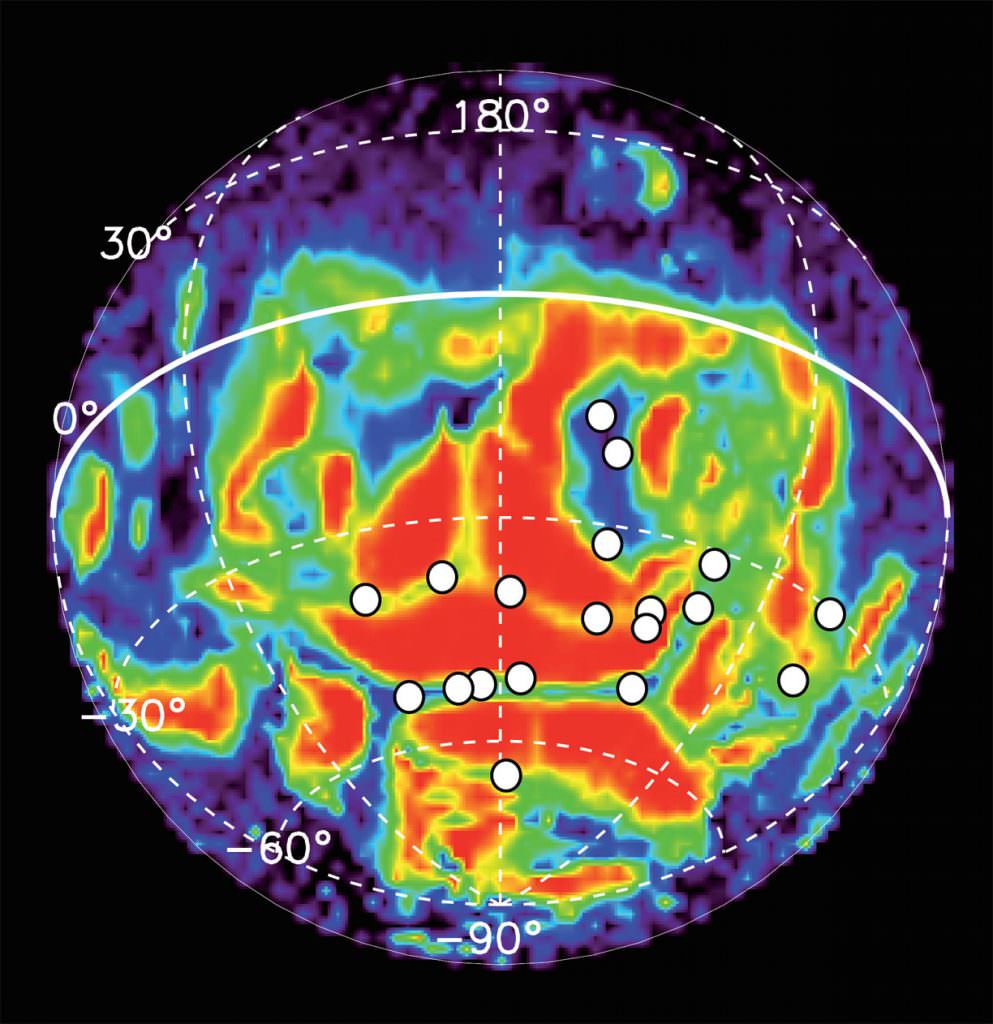
But again, a Mars aurora wouldn’t be expected to shine so brightly. That’s why Andrews thinks that the CME prompted a disturbance in the ionosphere large enough to affect dust and ice grains below:
“One idea is that a fast-traveling CME causes a significant perturbation in the ionosphere resulting in dust and ice grains residing at high altitudes in the upper atmosphere being pushed around by the ionospheric plasma and magnetic fields, and then lofted to even higher altitudes by electrical charging,” according to Andrews.

With enough dust and ice twinkling high above the planet’s surface, it might be possible for observers on Earth to see the result as a wispy plume of light. Plumes appear to be rare on Mars as a search through the archives has revealed. The only other, seen by the Hubble Space Telescope in May 1997, occurred when a CME was hitting the Earth at the same time. Unfortunately, there’s no information from Mars orbiters at the time about its effect on that planet.
Observers on Earth and orbiters zipping around the Red Planet continue to monitor Mars for recurrences. Scientists also plan to use the webcam on Mars Express for more frequent coverage. Like a dog with a bone, once scientists get a bite on a tasty mystery, they won’t be letting go anytime soon.

